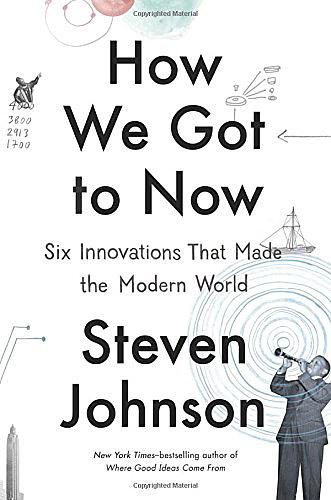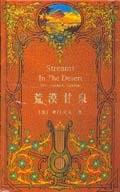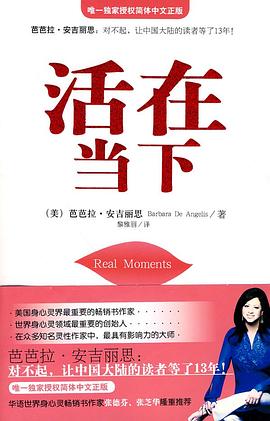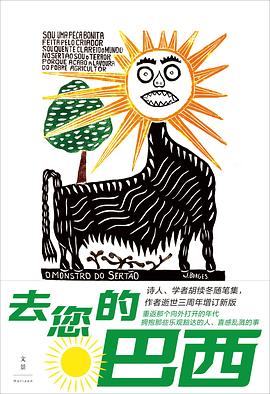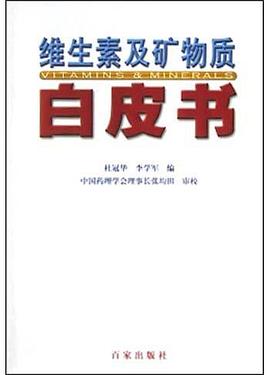How We Got to Now
内容简介
From the New York Times–bestselling author of Where Good Ideas Come From and Everything Bad Is Good for You, a new look at the power and legacy of great ideas.
In this illustrated volume, Steven Johnson explores the history of innovation over centuries, tracing facets of modern life (refrigeration, clocks, and eyeglass lenses, to name a few) from their creation by hobbyists, amateurs, and entrepreneurs to their unintended historical consequences. Filled with surprising stories of accidental genius and brilliant mistakes—from the French publisher who invented the phonograph before Edison but forgot to include playback, to the Hollywood movie star who helped invent the technology behind Wi-Fi and Bluetooth—How We Got to Now investigates the secret history behind the everyday objects of contemporary life.
In his trademark style, Johnson examines unexpected connections between seemingly unrelated fields: how the invention of air-conditioning enabled the largest migration of human beings in the history of the species—to cities such as Dubai or Phoenix, which would otherwise be virtually uninhabitable; how pendulum clocks helped trigger the industrial revolution; and how clean water made it possible to manufacture computer chips. Accompanied by a major six-part television series on PBS, How We Got to Now is the story of collaborative networks building the modern world, written in the provocative, informative, and engaging style that has earned Johnson fans around the globe.
......(更多)
作者简介
Steven Johnson is the author of the bestsellers Where Good Ideas Come From, The Invention of Air, The Ghost Map, Everything Bad Is Good for You, Mind Wide Open, Emergence, and Interface Culture, and is the editor of the anthology The Innovator’s Cookbook. He is the founder of a variety of influential websites and writes for Time, Wired, The New York Times, and The Wall Street Journal. Johnson lives in Marin County, California, with his wife and three sons.
......(更多)
目录
......(更多)
读书文摘
时间测量的奇特性之一,在于它并非简单地属于某一门单独的科学学科。实际上,我们在时间测量上的每一次进步,都包含了从一门学科到另一门学科的切换。从日晷到摆钟的转换,依赖于从天文学到动力学(运动物理学)的转换。时间的下一次革命将依赖于电动机械学。
......(更多)
